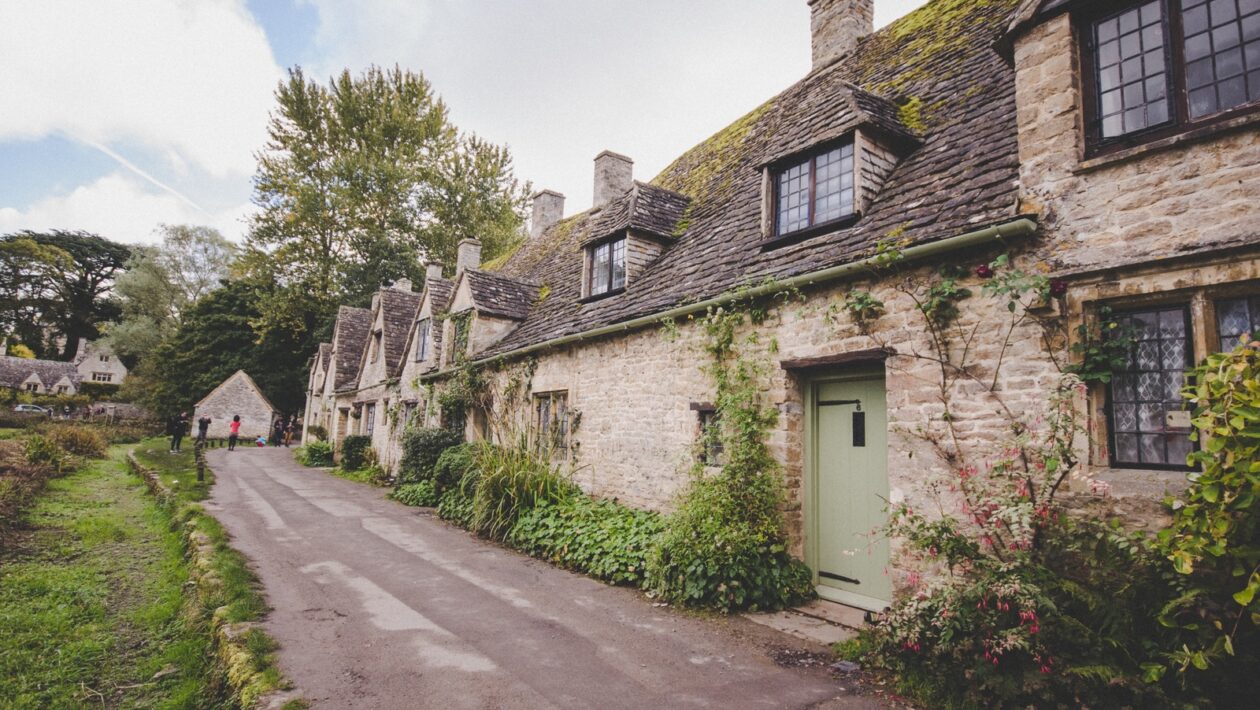The Theatre as a Shared Space
The Elizabethan era (1558-1603) ushered in a theatrical revolution that went beyond the stage and encompassed the very essence of the audience-performer relationship. Unlike the modern divide between audience and performers, the Elizabethan theatre was an interactive and communal space, where the boundary between spectator and participant was fluid, creating a dynamic and immersive experience.
Engaging the Groundlings
At the heart of this interactive experience were the “groundlings,” the audience members who stood in the yard directly in front of the stage. This standing area, which was the most affordable, brought the audience close to the action. Groundlings could engage with the performers, react to the scenes, and even exchange banter with the characters, effectively becoming part of the performance.
Call and Response
The interactive nature of Elizabethan theatre extended beyond physical proximity. Performers often engaged in call-and-response interactions with the audience. Actors might ask questions or make remarks, and the groundlings would respond with cheers, jeers, or even witty retorts. This interplay between actors and spectators added an element of spontaneity and improvisation to the performances.
Direct Address and Soliloquies
Elizabethan playwrights, including William Shakespeare, used direct address and soliloquies to bridge the gap between the stage and the audience. Characters would speak directly to the audience, sharing their inner thoughts, intentions, and emotions. This technique invited the audience into the characters’ minds and hearts, deepening the connection and emotional engagement.
Shared Emotional Journey
The interactive nature of Elizabethan theatre allowed for a shared emotional journey. Audiences experienced joy, sorrow, laughter, and empathy as they witnessed the triumphs and tragedies of the characters. The visceral reactions of the groundlings and the collective emotional response created a sense of unity among the spectators, transcending individual experiences.
Participation in the Narrative
Audience members in the Elizabethan era actively participated in the creation of the narrative. Their reactions influenced the pacing, mood, and even the outcome of a performance. A boisterous response might lead to an encore or a change in the direction of a scene. This collaborative dynamic between performers and audience transformed each show into a unique event.
Legacy in Modern Theatre
The interactive experience of Elizabethan theatre has left an enduring legacy in the world of performance. Modern immersive theatre, audience participation shows, and site-specific performances draw inspiration from the dynamic created during this era. The concept of breaking the fourth wall and inviting the audience into the world of the play continues to captivate contemporary audiences.
Conclusion
The interactive experience of Elizabethan theatre stands as a testament to the profound connection between performers and their audience. The blurring of boundaries, the engagement of the groundlings, and the shared emotional journey created a theatre that was not just a spectacle but a living, breathing entity. As we reflect on this immersive tradition, we recognize its impact on the evolution of performance art and its ability to forge connections that transcend time.

